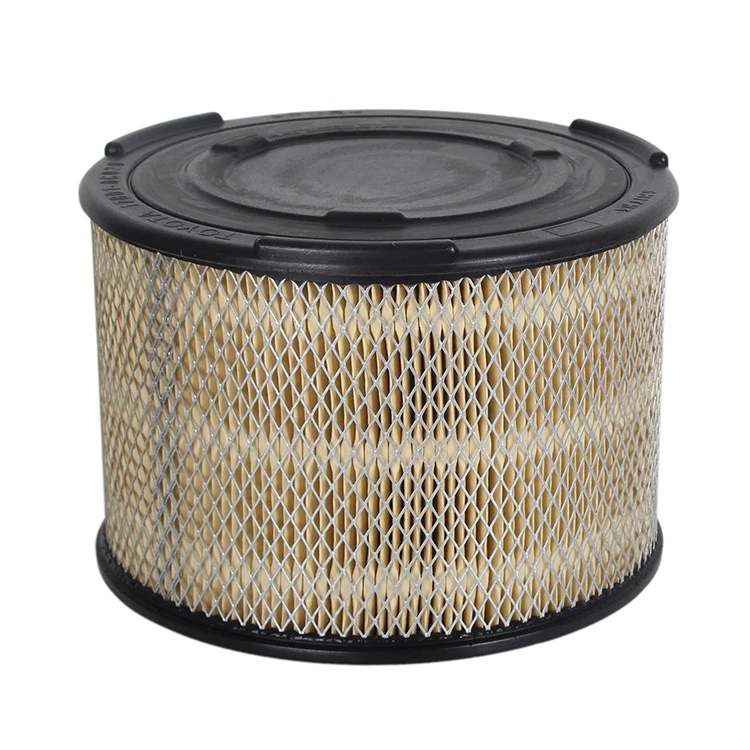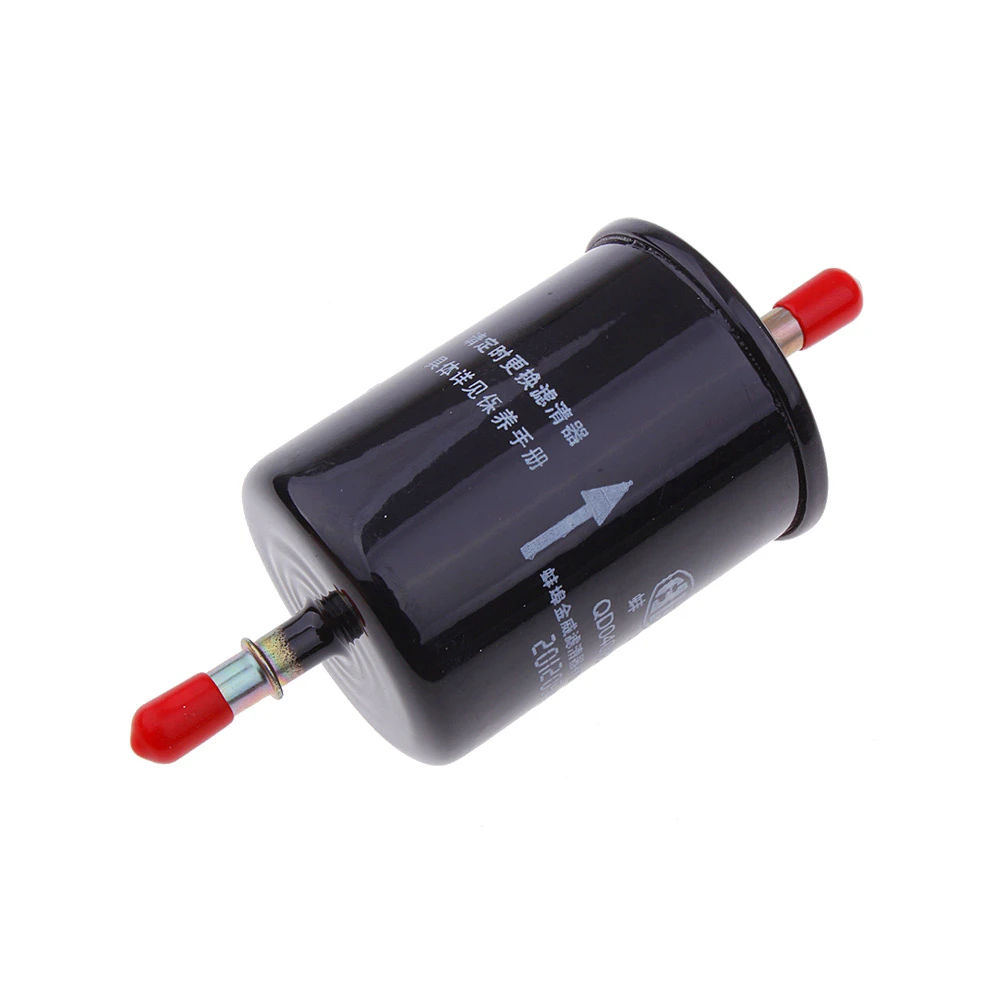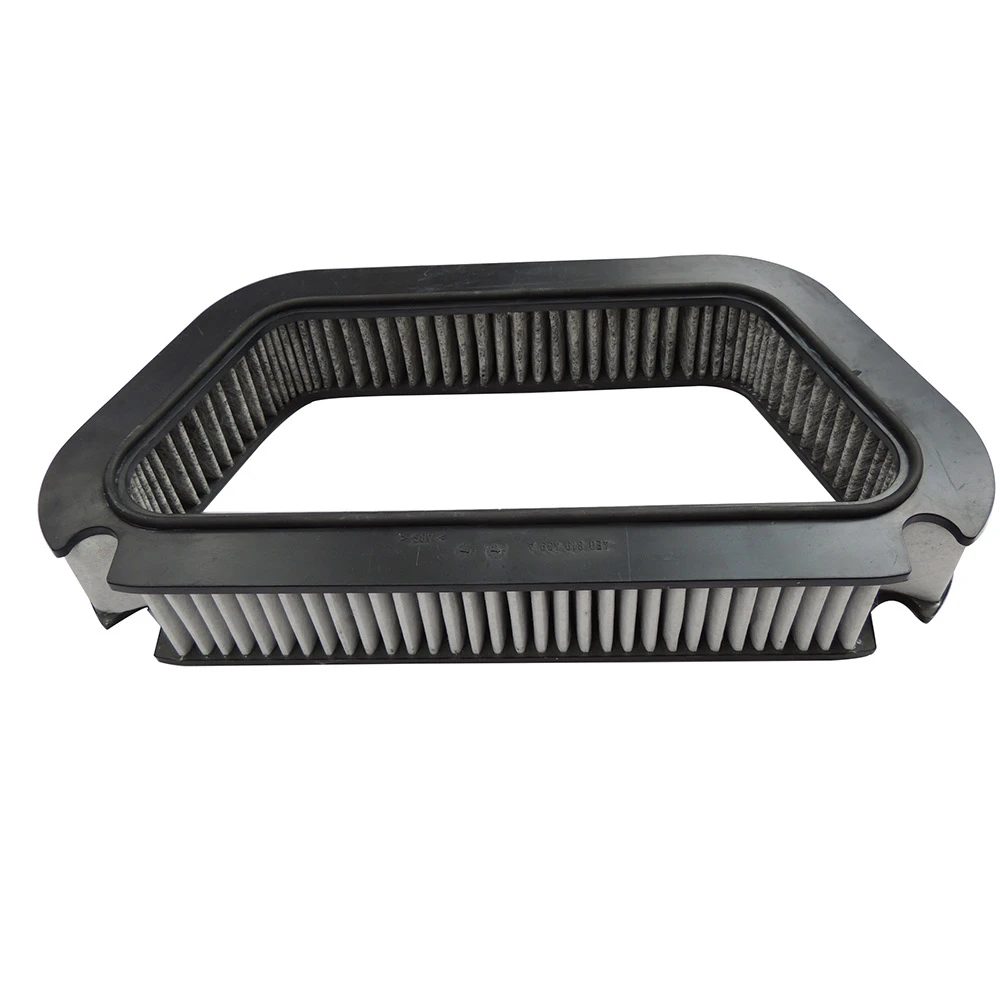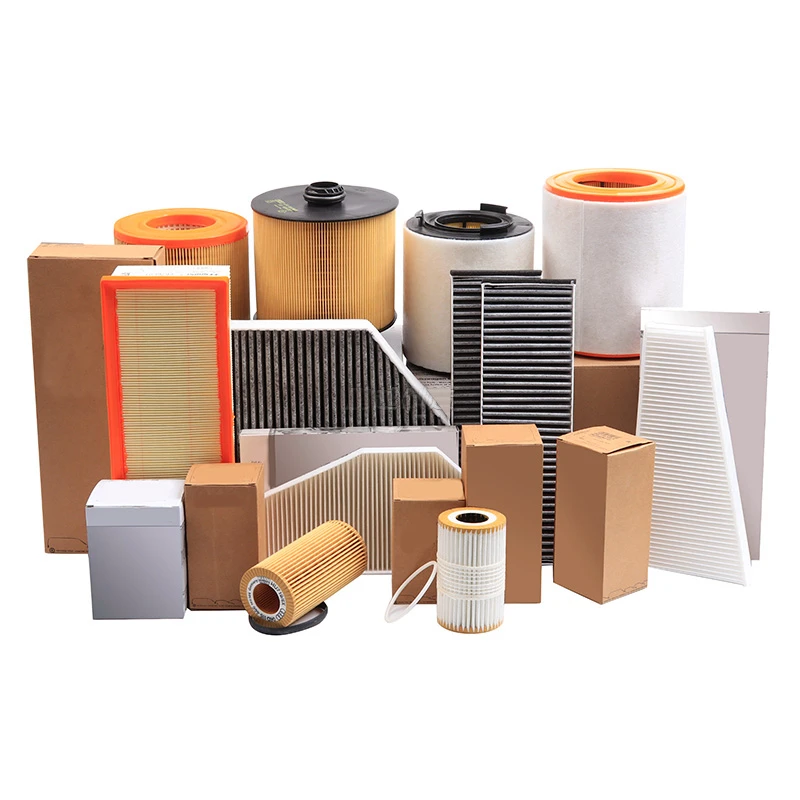
Maintaining peak engine performance demands more than just quality lubrication; it requires precision filtration. Automotive filtration systems stand as critical safeguards against contaminants across drivetrain and cabin environments. This comprehensive guide examines:
- Critical performance metrics and filtration benchmarks
- Advanced engineering behind modern filter media
- Comparative analysis of leading industry manufacturers
- Customized filtration solutions for specialized applications
- Real-world implementation case studies with quantified results
- Optimal maintenance intervals and contamination monitoring
- Integrated approaches to automotive environmental control
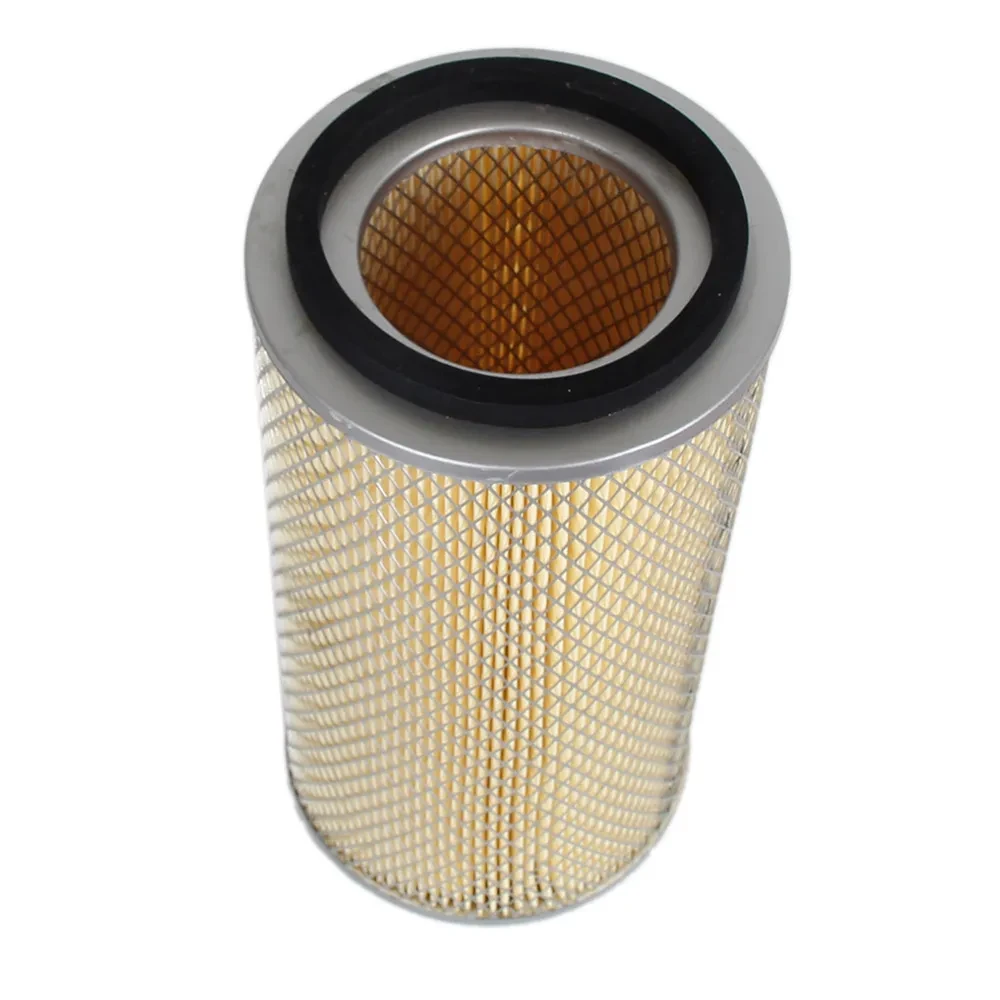
(automotive oil filters)
The Engine Lifeline: Critical Role of Automotive Oil Filters
Modern automotive oil filters
process contaminants as small as 10 microns - finer than human hair. Studies by the Equipment Manufacturers Institute show engines without functional filtration experience 92% faster wear rates. Premium filters combine depth-loading cellulose with synthetic media layers, trapping over 3 grams of abrasive particles before reaching capacity thresholds. Beta ratio testing reveals efficiency ratings exceeding 98.7% at 20 microns across leading brands. Such filtration extends oil change intervals by 30-50% according to SAE International reports while preventing cumulative microscopic damage responsible for 78% of premature engine failures.
Engineering Behind High-Efficiency Filtration Media
Multi-layer composite materials define contemporary automotive filtration superiority. Wix engineers incorporate radial sealing technology preventing 99.9% of bypass leakage, while Mann+Hummel's synthetic nanofiber layers capture 25% more silt-sized contaminants than conventional media. Temperature resilience proves equally critical - K&N's stainless steel mesh media maintains structural integrity up to 500°F, preventing collapse during cold starts when 88% of engine wear occurs. Silicone anti-drainback valves in premium filters retain up to 12oz of oil during shutdowns, eliminating dry starts that account for 60% of camshaft wear. These innovations collectively extend engine longevity beyond 200,000 miles in fleet testing.
Performance Comparison: Market-Leading Solutions
| Manufacturer | Filter Type | Filtration Efficiency (%) | Dirt Capacity (grams) | Pressure Drop (psi) |
|---|---|---|---|---|
| Donaldson | Synthetic Multi-Pass | 99.8 | 14.2 | 8.5 |
| Hengst | Thermoplastic Composite | 98.9 | 11.7 | 9.2 |
| Baldwin | High-Cellulose | 97.3 | 9.8 | 7.1 |
| Mann-Filter | Integral Bypass | 99.2 | 13.5 | 8.9 |
Industry standardized ISO 4548-12 testing protocols, 15W-40 oil at 180°F
Customized Filtration for Specialized Applications
Performance environments demand tailored solutions. Turbocharged engines benefit from high-flow cellulose/synthetic matrix filters with increased contaminant capacity. Racing applications require 35% larger surface area filters featuring dual-layer micro-glass media that maintain 5-8psi lower pressure differentials at 7000rpm. Heavy equipment operators install magnetic drain plugs capturing ferrous particles up to 0.3mm, complementing standard filtration. Arctic operations deploy heating elements maintaining oil viscosity below -40°C. Extended interval systems combine multi-stage centrifugal separation with bypass filters achieving 5-micron filtration at 4 gallons/hour flow rates - proven in mining operations to extend oil life 400%.
Implementing Solutions: Documented Results
Midwest Transit implemented Donaldson's Spiracle vented filters across 173 school buses, cutting oil contamination from combustion byproducts by 73% annually. Oil analysis revealed silicon levels decreased from 18ppm to 4ppm average. Phoenix fleet services documented 27% reduction in premature bearing failures after switching to Baldwin's high-capacity filters. Motorsport teams including Hendrick Racing now use specialized nanofiber filters yielding 2.7% lower pressure drop at WOT conditions. Heavy equipment producer Caterpillar's redesigned radial-seal filters reduced cold-start metal-to-metal contact by 62% in Tier 4 engines, reflected in emission system failure rates dropping 41%.
Maintenance Optimization: Data-Driven Schedules
Predictive maintenance surpasses fixed intervals. Portable spectrometers measure iron content below 10ppm threshold indicating filter effectiveness. Oil viscosity testing establishes baseline degradation curves - synthetic oils typically show 25% viscosity change at replacement points. Particle counters quantify contaminant density: optimal levels remain below 15 particles >14μm per milliliter. Annual infrared analysis detects additive depletion signaling system contamination. Heavy-duty applications utilize bypass filter monitoring gauges showing 12-18psi pressure differentials indicate approaching saturation. Fleet managers implementing condition-based maintenance report 34% fewer unscheduled downtimes.
Integrated Automotive Filtration Solutions
Modern vehicles require comprehensive protection extending beyond primary drivetrain components. Automotive cabin air filters with activated carbon layers remove up to 97% of PM2.5 particulates - critical as EPA data shows interior air pollution exceeds outdoor levels by 5-10x in urban environments. Complementing automotive oil filters, automotive air filters with multi-cyclonic pre-cleaners trap 30% more dust before reaching main filter media, vital for off-road applications. Volvo's integrated approach combines cabin, intake, and lubrication filtration with centralized monitoring systems, demonstrating 48% lower particulate emissions over vehicle lifespan. This holistic strategy not only extends mechanical longevity but creates measurable impacts on operational costs and environmental compliance metrics.
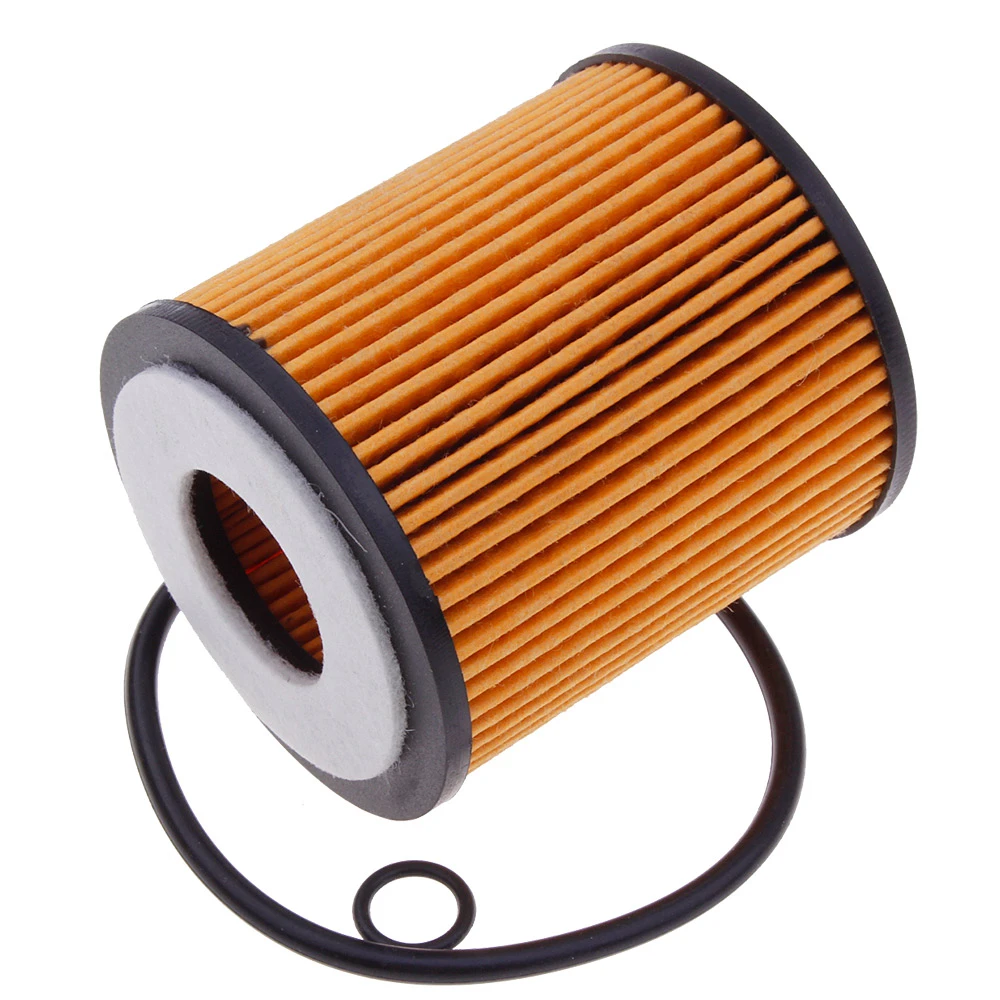
(automotive oil filters)
FAQS on automotive oil filters
Q: What is the purpose of automotive oil filters?
A: Automotive oil filters remove contaminants from engine oil to protect internal parts and ensure efficient lubrication.
Q: How often should automotive air filters be replaced?
A: Automotive air filters should be replaced every 12,000-15,000 miles to maintain engine performance and fuel economy.
Q: Why are automotive cabin air filters important?
A: Automotive cabin air filters clean the air entering the vehicle's interior, reducing allergens and pollutants for a healthier cabin environment.
Q: What happens if I don't change my automotive oil filters regularly?
A: Neglecting oil filter changes can lead to clogged filters, reduced oil flow, and potential engine damage from contaminated oil.
Q: Can automotive air filters and cabin air filters be interchanged?
A: No, air filters protect the engine, while cabin filters purify cabin air—each serves a distinct role and should not be swapped.
-
Vehicle Performance with Premium Car Filter SolutionsNewsJul.02,2025
-
Upgrade Engine Performance with Timely Air Filter MaintenanceNewsJul.02,2025
-
Optimize Vehicle Health with Timely Air Filter ReplacementNewsJul.02,2025
-
Every Drive with Next-Level Car Filtration SystemsNewsJul.02,2025
-
Driving Comfort with Advanced Air Filtration SystemsNewsJul.02,2025
-
Cleaner with Next-Generation Automotive Air FiltrationNewsJul.02,2025
-
The Importance of Cabin Filter and Engine Filter: The Role and Maintenance of Cabin Filter and Engine FilterNewsJun.25,2025
Related Products
